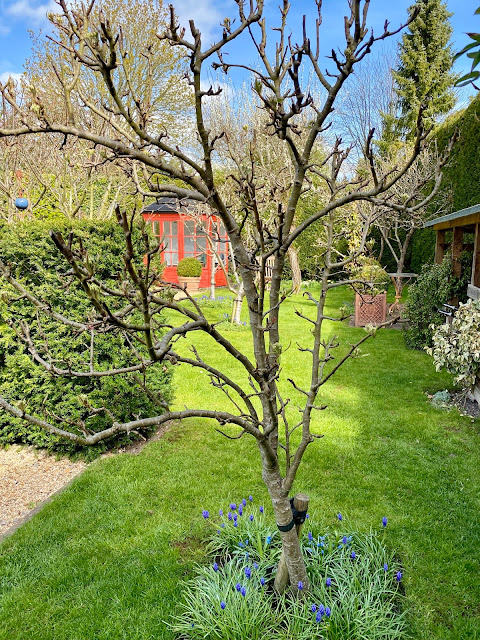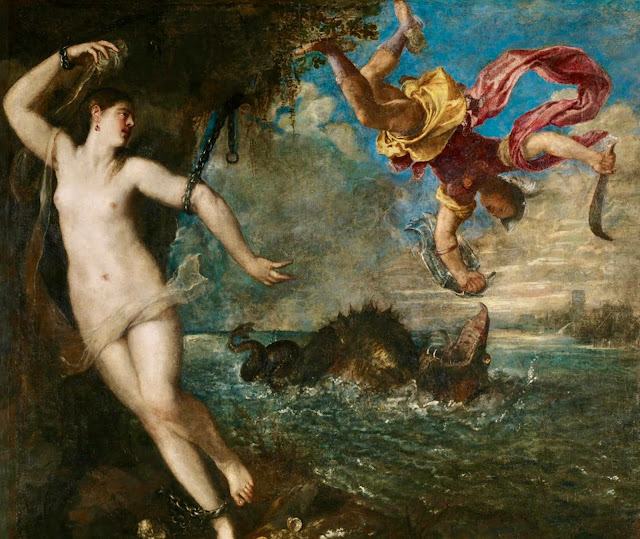At the core of Burke’s view of the revolution is a profound understanding of how easily things can be shattered in the name of moral betterment, national purification and radical political transformation. States, societies and personal consciences are not Lego-block constructions to be disassembled and reassembled with ease. They are more like tapestries, passed from one generation to the next, to be carefully mended at one edge, gracefully enlarged on the other and otherwise handled with caution lest a single pulled thread unravel the entire pattern. “The nature of man is intricate; the objects of society are of the greatest possible complexity,” Burke wrote. “And therefore no simple disposition or direction of power can be suitable either to man’s nature, or to the quality of his affairs.
Burke’s objection to the French revolutionaries is that they paid so little attention to this complexity: They were men of theory, not experience. Men of experience tend to be cautious about gambling what they have painstakingly gained. Men of theory tend to be reckless with what they’ve inherited but never earned. “They have wrought underground a mine that will blow up, at one grand explosion, all examples of antiquity, all precedents, charters, and acts of parliament. They have ‘the rights of men.’ Against these there can be no prescriptions.”
“The law touches us but here and there, and now and then. Manners are what vex or soothe, corrupt or purify, exalt or debase, barbarize or refine us …. They give their whole form and color to our lives. According to their quality, they aid morals, they supply them, or they totally destroy them.”
Burke’s understanding of the centrality of manners to norms, of norms to morals, of morals to culture and of culture to the health of the political order means that he would have been unimpressed by claims that Trump had scored policy “wins,” like appointing conservative judges or cutting the corporate tax rate. Those would have been baubles floating in befouled waters.
Trump’s real legacy, in Burke’s eyes, would be his relentless debasement of political culture: of personal propriety; of respect for institutions; of care for tradition; of trust between citizens and civil authority; of a society that believes — and has reason to believe — in its own essential decency. “To make us love our country,” he wrote, “ our country ought to be lovely.”
Then again, Burke would have been no less withering in his views of the far left. “You began ill,” he said of the French revolutionaries, “because you began by despising everything that belonged to you.”
For Burke, the materials of successful social change had to be found in what the country already provided — historically, culturally, institutionally — not in what it lacked. Britain became the most liberal society of its day, Burke argued, because it held fast to what he called “our ancient, indisputable laws and liberties,” handed down “as an inheritance from our forefathers.” Inheritance, he added, “furnishes a sure principle of transmission; without at all excluding a principle of improvement.”




















































